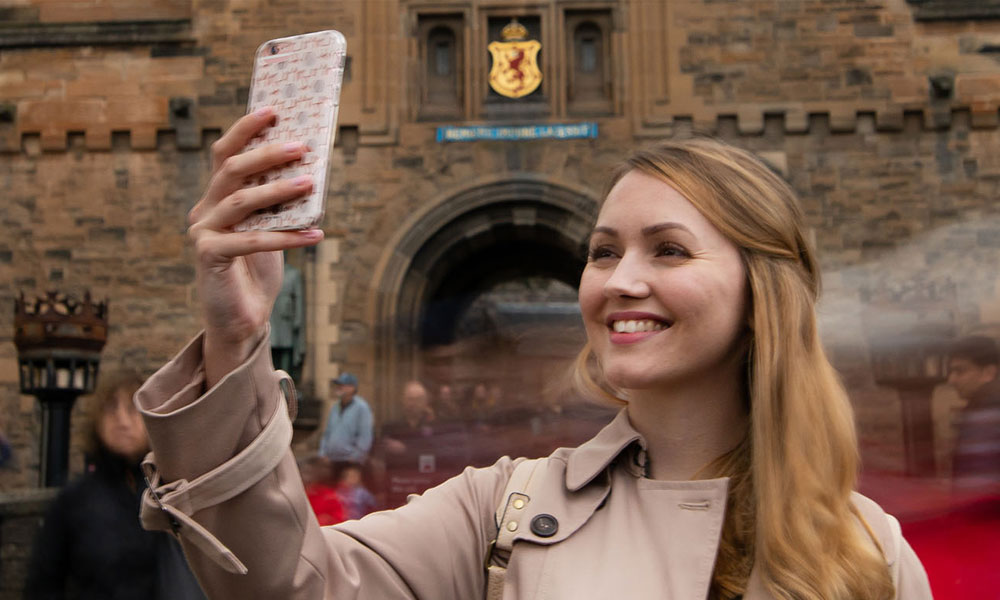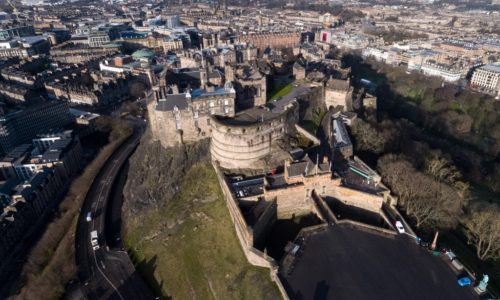
Becoming a modern fortress
In the previous blog on the history timeline of Edinburgh Castle we took you on the journey from the castles beginnings through to the Renaissance period that saw it flourish.
Now, in this second part of the journey we look at how it grew and developed in the 18th century. Read on to discover how it was transformed into a military fortress and became the castle we all know and recognise today.
A military fortress
An important step in developing the castle as a military fortress, was the construction of the Georgian Governor’s House. This was completed in 1742 and housed the Governor, the master-gunner and store-keeper.

The Mill’s Mount Card Shed, now the site of the Red Coat restaurant, was built in 1746 following the Battle of Culloden. The shed originally had space to accommodate 50 carts of goods. Bread and other supplies were brought from the town below to feed the growing number of soldiers that were now stationed there as a result of Culloden.
These soldiers needed a larger space to practice their drills. In the 1750s the rough terrain of Castle Hill was levelled and landscaped to form a parade ground for them.
Two Ordnance Storehouses were built to store the castles weaponry in 1753–54. In the late 19th century these were converted into a military hospital and now house the National War Museum of Scotland.
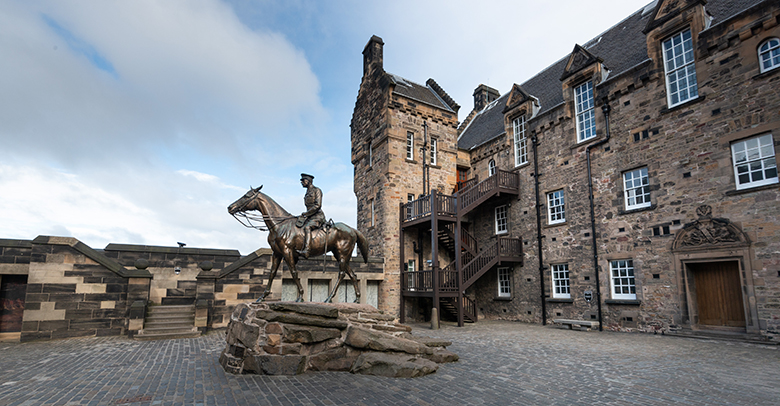
To accommodate the increasing number of military stationed at the castle, the North Barracks was built in 1755 on the former site of St. Mary’s Chapel. This three-storey structure provided accommodation for 270 soldiers.
Talking ’bout a Revolution
The French Revolutionary Wars in the late 18th century brought about a need for even more accommodation for troops. It resulted in the construction of the New Barracks which were built in the 1790s. Designed to hold an entire battalion of over 600 officers, the New Barracks would become the largest building in the castle. The building was disliked by public from the start and drew criticism from figures such as Walter Scott who spoke out against it. The Army still uses the building today and part of it is used for The Royal Scots Dragoon Guards Regimental Museum.
The 19th century saw the castle take on a different status in the minds of the public. This started when the present Esplanade was created in 1816 to celebrate the end of the Napoleonic Wars.
A history to celebrate
The castle’s military functions continued, but over time another role emerged: as a focus for public interest in Scotland’s history. This began to grown in the early years of the 1800s.
In 1818, Sir Walter Scott rediscovered the Honours of Scotland which had been locked away in the Crown Room of the Palace since 1707. In the following year the public were admitted entry, on payment of a fee, to view them in the Crown Room.
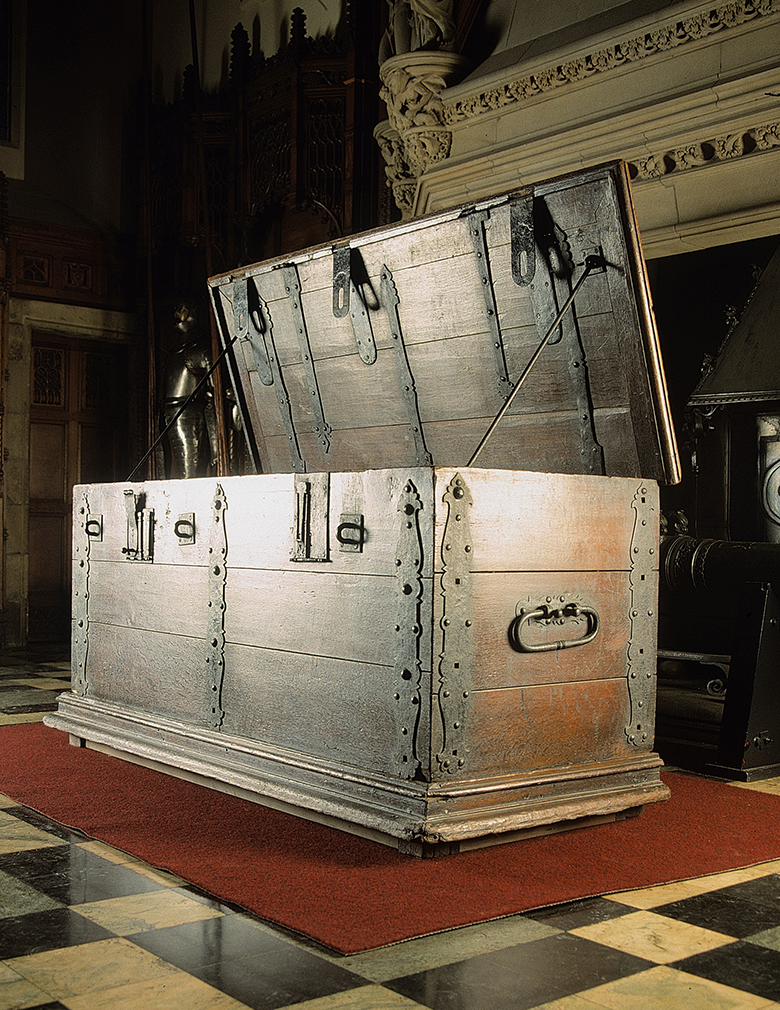
The mighty 15th century bombard Mons Meg was returned to the castle in 1829. It had been removed in 1754. Initially she was displayed on the Argyle Battery but in 1836 was relocated to the summit of the Castle Rock, beside St. Margaret’s Chapel. She has remained there ever since.
The Gatehouse that millions of visitors pass through every year was built in 1886. This provided a much grander entrance to the castle. Built in a Scots Baronial style, it was designed in secret because the military authorities feared it would have an adverse public reaction.
At a similar time, the Portcullis Gate was extended upwards with the addition of Argyle’s Tower. It was intended to restore some of the castles medieval character. The large room within the tower was designed by the architect Hippolyte Blanc as a grand space to hold the Honours, although they were never removed from the Crown Room.
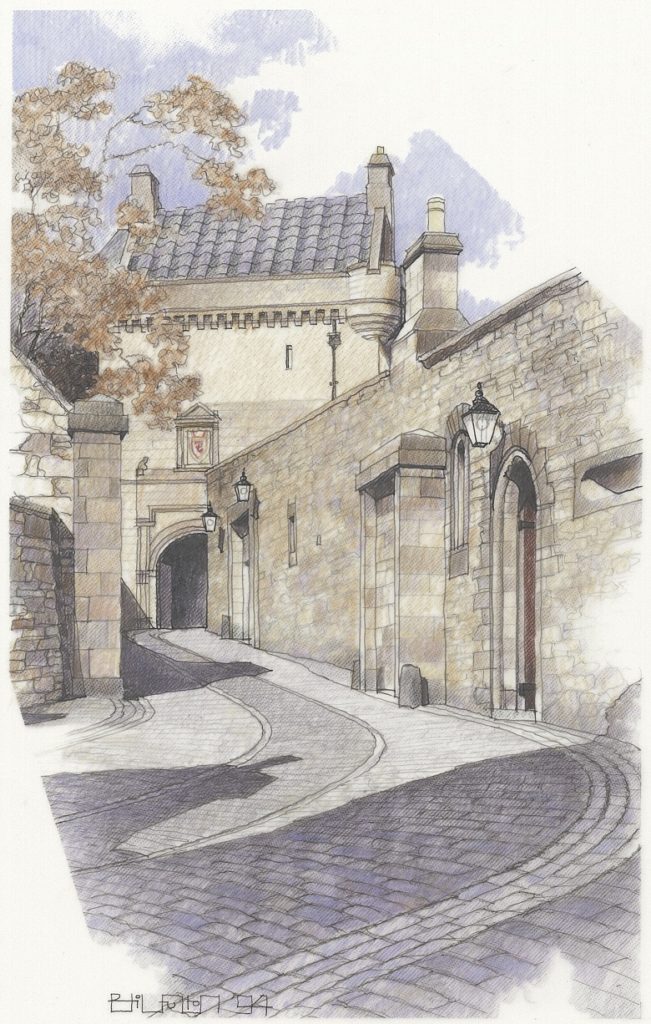
Remembering the fallen
Following the end of First World War there were calls to create a national monument to commemorate those who gave their lives. A design was chosen following a competition. The plans utilised the shell of the North Barracks to create a memorial at the heart of the castle. In 1923 the Army vacated the barracks and work started to build the Scottish National War Memorial. It officially opened in 1927.
The castle you see today
Since then very little of the appearance and layout of the castle has changed. One notable exception is the bronze statues of Bruce and Wallace that were added to the front of the Gatehouse in 1929. These were designed by Scottish sculptor Alexander Carrick, who was head of sculpture at Edinburgh College of Art.
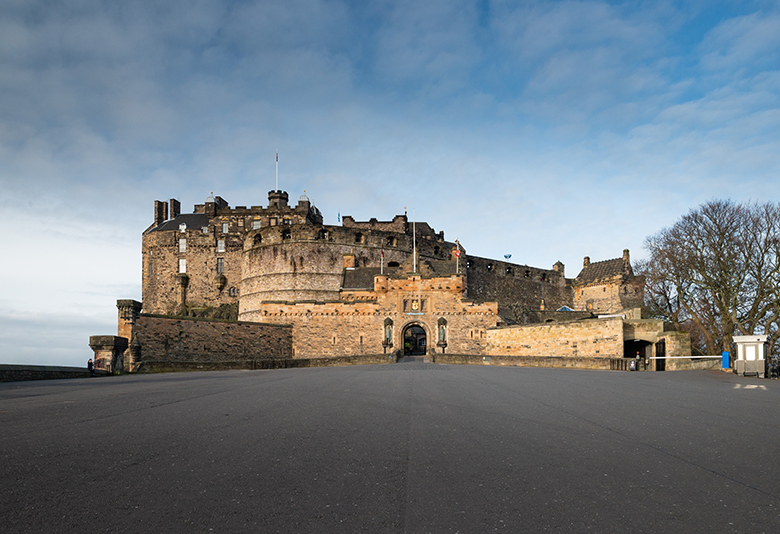
The Castle is as much a powerful symbol of Scottish nationhood today as it was in centuries gone by. Its rich history will live on for many years in the future.
Listen up!
Would like to find out more about the history of Edinburgh Castle? Then we have great news! You can currently access our audio guide for free. Visit the Historic Environment Scotland website to listen to the tour.
